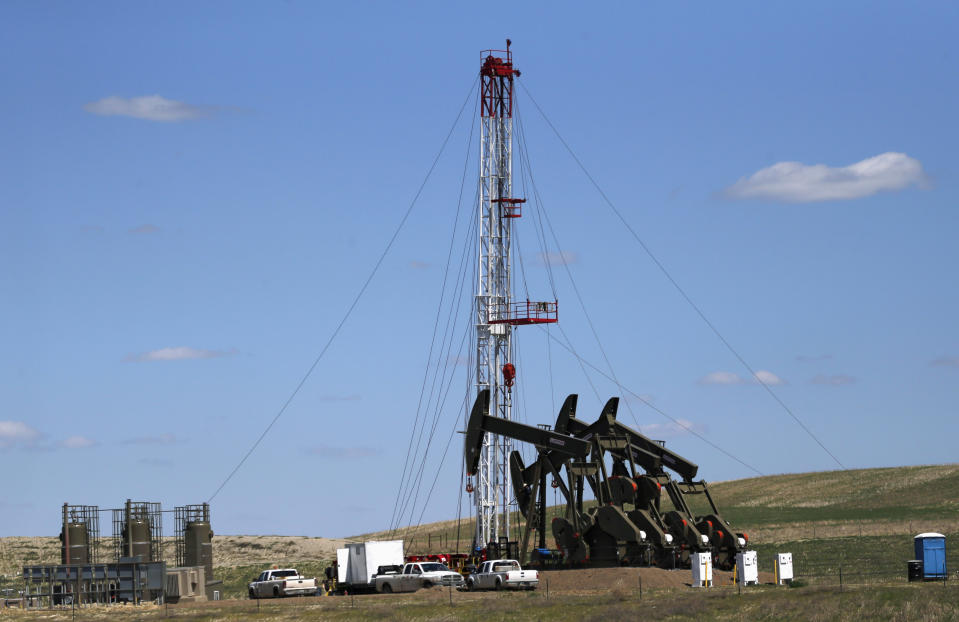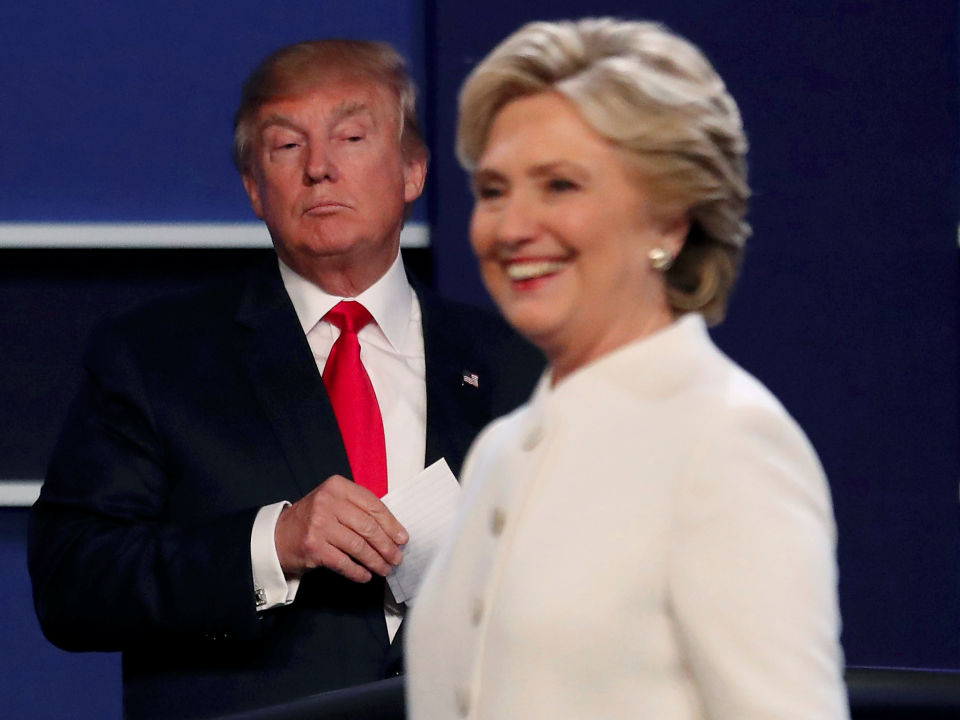Here's how Trump and Clinton differ on energy

Click here for Yahoo Finance’s complete coverage of the 2016 presidential election.
One of the big issues that will be decided on November 8th when voters elect the 45th president will be America’s energy future.
This is an issue where Democratic candidate Hillary Clinton and Republican candidate Donald Trump have starkly different visions, particularly when it comes to energy jobs and climate change.
Clinton on energy
Clinton’s platform centers heavily on climate change, which she has called a “serious problem.” She favors moving toward renewable energy and making America a “clean energy super power” by investing in clean energy infrastructure, innovation, manufacturing and workforce development.
Her energy plan is also viewed as a continuation of President Obama’s policies. It states that she’d carry out Obama’s pledge to reduce greenhouse gas emission by up to 30% in 2025 compared to 2005 levels.
She plans to “reduce American oil consumption by a third” through cleaner fuels and more efficient cars, boilers, ships, and trucks. She also wants to create enough renewable energy power for “every home in America” by installing half a billion solar panels by the end of her first term.
Her plan calls to reform fossil fuel leasing on public lands and to cut billions of “wasteful” tax subsidies for oil and gas companies and invest in clean energy.
In a client note earlier this year, investment advisor Highland Capital highlighted discussed the potential impact on the energy sector.
“The policy proposals from Clinton represent a headwind to energy producers in the form of higher taxation, regulation and costs. (Though incidentally, it may create a back door lift to pricing.),” the note said.
It continued: “She’s tilting away from expanded drilling areas, as well as from fracking and pipelines, and represents a continuation of the Obama administration’s policy to support subsidized solar and wind.”
Trump on energy
Trump’s energy plan would take the opposite approach. He said he wants to rescind “all-job destroying” Obama executive actions, including the Climate Action Plan and the waters of the US rule.
He wants to “lift moratoriums” on energy production and “revoke policies that impose unwarranted restrictions on new drilling technologies.” He also wants to scrap “any regulation that is outdated, necessary, bad for workers.”

He also wants to resuscitate the Keystone Pipeline, noting that he’s going to ask Trans Canada to renew its permit application.
“Trump is a supporter of conventional energy. The perception of relief from a Clinton policy alone is a neutral/positive for fundamentals. He has indicated that natural gas could bridge conventional energy and some of the alternative forms of energy, but certainly has not embraced subsidies and major federal support for wind and solar.Looking at coal, it seems that the markets would cheer a Trump presidency with respect to the repricing of coal assets,” Highland Capital’s note said.
Throughout the campaign, Clinton has massively outpaced Trump in terms of campaign contributions. She collected just over $2.3 million from the energy and natural resources sector compared to $1.1 million Trump received from the energy and natural resources industry, according to data compiled by OpenSecrets.org.
More on the series:
—
Julia La Roche is a finance reporter at Yahoo Finance.
Read more:

 Yahoo Finance
Yahoo Finance 
